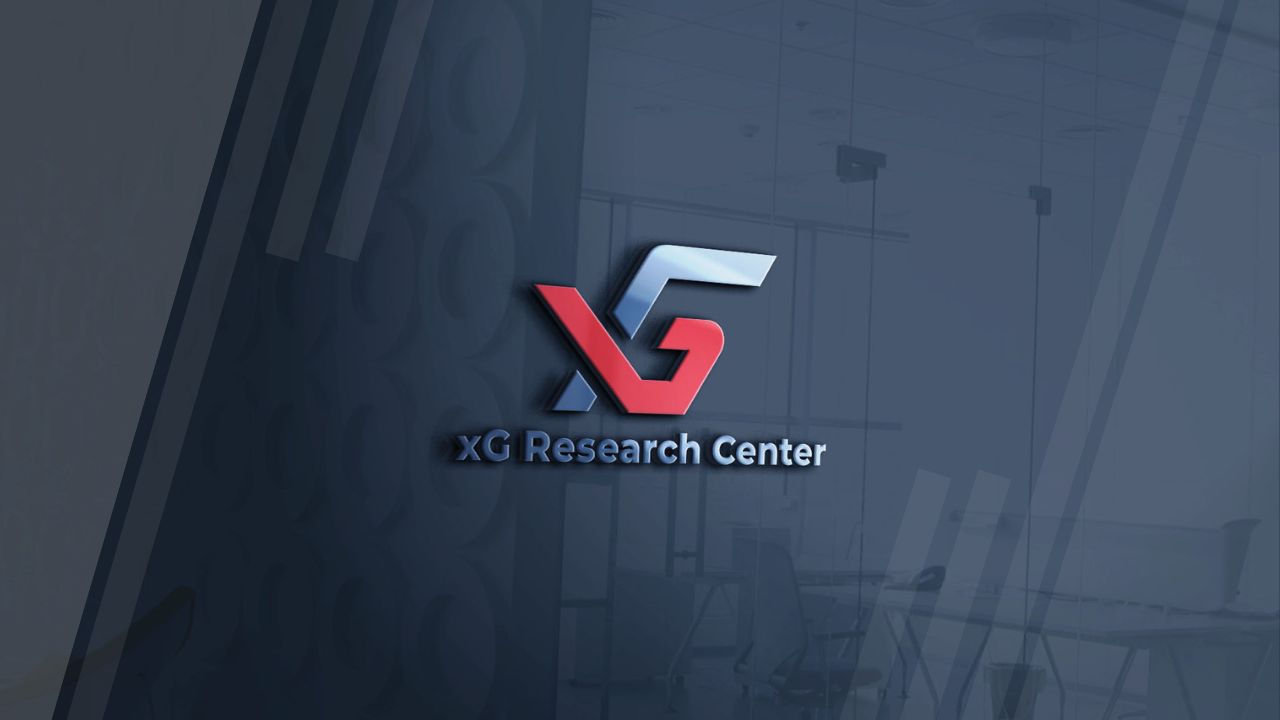xG Research Center Empowers Self-Driving Cars to “Read the Road” with 5G: Advanced Technologies Enhance Perception and Safety
Bandung, Indonesia – May 20th, 2024 – The xG Research Center of Use Cases and Applications (“xG Research Center”) today announced a pioneering research initiative focused on enabling self-driving cars to perceive and interpret their surroundings with greater accuracy and efficiency, using the power of 5G technology. Led by researchers Hidayati Arifatullaily, Dr. Ir. Ian Josef Matheus Edward, M.T., and Dr. Ing. Eueung Mulyana, S.T., M.T., this project explores the implementation of advanced algorithms and 5G connectivity to enhance the safety and reliability of autonomous vehicles.
Traffic Sign Detection: A Critical Step Towards Autonomous Driving
The research delves into the critical task of traffic sign detection for self-driving cars, experimenting with two powerful algorithms—SSD MobileNet-v2 and CNN ResNet-18—on the Jetson Nano platform. While the integration of CNN ResNet-18 with the JetRacer platform was successfully achieved, demonstrating the prototype’s ability to recognize and respond to stop signs, the integration of SSD MobileNet-v2 remains a promising avenue for future exploration.
Despite not yet reaching the target accuracy threshold, the SSD MobileNet-v2 algorithm showed promising results in detecting stop, turn left, and turn right signs. This highlights its potential for real-time traffic sign recognition in self-driving car applications.
5G: Enhancing Perception and Safety for Autonomous Vehicles
5G technology plays a crucial role in enabling self-driving cars to “read the road” by providing:
- High-Resolution Sensor Integration: 5G’s high bandwidth enables the seamless integration of high-resolution cameras and LiDAR sensors, providing the vehicle with a detailed and accurate view of its surroundings.
- Edge Computing for Real-time Processing: 5G edge computing capabilities allow for data processing and analysis closer to the vehicle, enabling real-time decision-making and faster response times to changing road conditions.
- Enhanced Communication with Infrastructure: 5G facilitates Vehicle-to-Everything (V2X) communication, allowing the car to exchange information with other vehicles, traffic signals, and infrastructure, enhancing situational awareness and safety.
- Cloud Connectivity for Enhanced Mapping and Navigation: 5G enables access to real-time traffic updates, high-definition maps, and cloud-based navigation services, improving route planning and navigation accuracy.
Future Research Directions
To further enhance the capabilities of the self-driving car prototype, the researchers plan to:
- Optimize edge computing: Fine-tune algorithms and hardware to maximize efficiency and performance on the Jetson Nano platform.
- Integrate with 5G networks: Leverage the high bandwidth and low latency of 5G to accelerate data processing and enhance real-time responsiveness.
- Improve SSD MobileNet-v2 integration: Complete the integration of SSD MobileNet-v2 with JetRacer to enable more comprehensive traffic sign detection capabilities.
- Enhance CNN ResNet-18 performance: Expand the dataset and refine the training process to improve accuracy and generalization across diverse road conditions.
About the xG Research Center
The xG Research Center is a leading research facility dedicated to exploring the vast potential of current and future mobile network technologies. Established through a dynamic partnership between the School of Engineering and Informatics at Bandung Institute of Technology (ITB) and PT Huawei Tech Investment, the Center focuses on developing innovative use cases and applications for 5G and beyond (xG), fostering collaboration between academia and industry to drive the advancement of mobile technology and its positive impact on society.

